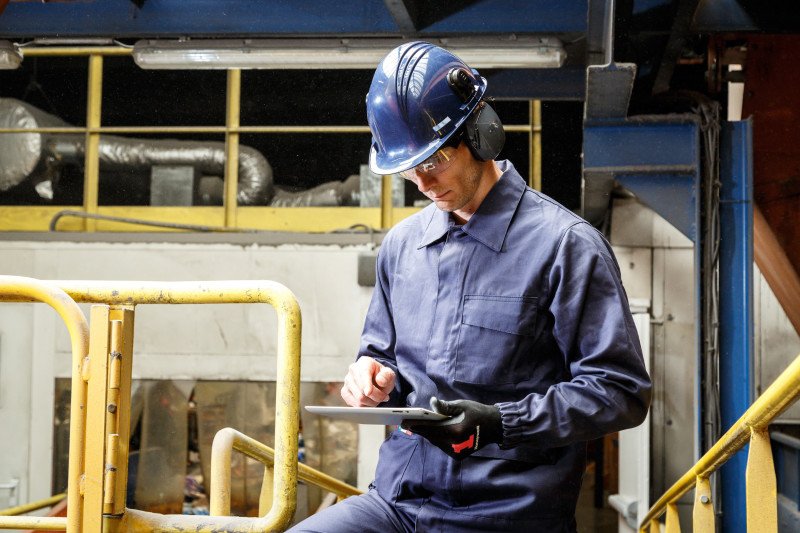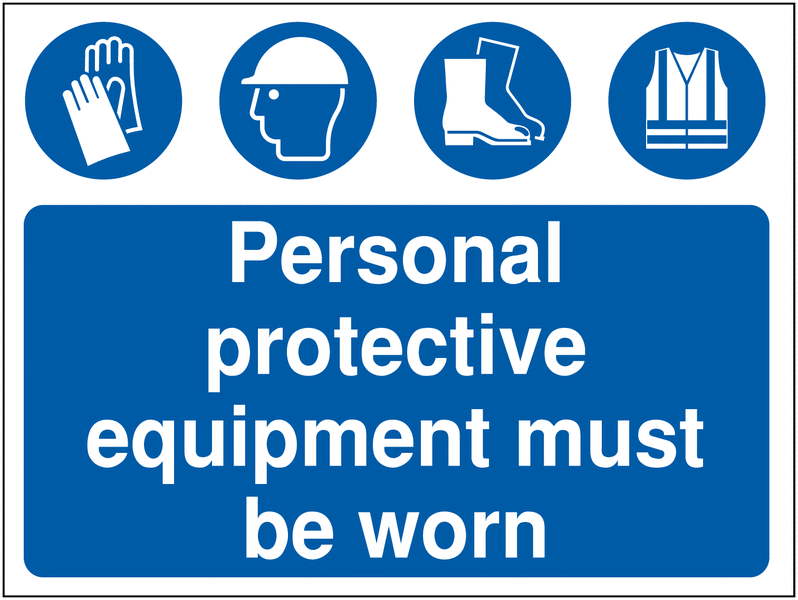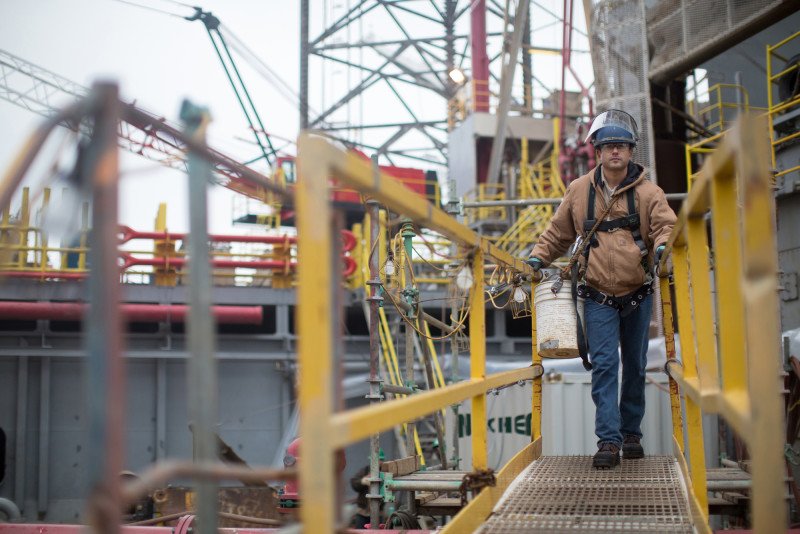Opinion: new PPE Regulation could take worker safety to the next level

An overdue health check
People are a company’s greatest asset. Yet, the key European rules regulating the equipment used to protect workers have been left unchanged for more than 20 years. The new PPE Regulation is an opportunity for manufacturers, safety managers and end users to take worker safety to the next level, says Colin Blair, global quality director at Honeywell Industrial Safety.
It is fair to say that attitudes to health and safety in the workplace have come a long way since the late eighties. The overwhelming majority of businesses working in hazardous industries like energy, manufacturing and construction now place health and safety at the centre of their corporate strategies. Most workers are well aware of both the necessity and benefits of personal protective equipment (PPE).

However, despite the great strides made in popularising health and safety, the existing PPE Directive, which regulates the manufacturing of PPE, has remained relatively unchanged since its inception in 1989 and subsequent legal introduction four years later. This all changed last February with the EU’s adoption of a new PPE Regulation, which, following a two-year transition period, will replace the Directive on 21st April 2018 [1].
The transition period is welcome as the PPE Regulation brings a number of significant changes. As a result, PPE manufacturers will have to recertify their products to retain the CE classification that makes these eligible for sale in the EU, European Free Trade Association states such as Norway and Switzerland, the EU accession states of Macedonia and Turkey, plus many other affiliated nations in Eastern Europe, the Middle East and North Africa.
Key changes
One of the key changes will be the introduction of a five-year validity period on EU Type Examination Certificates, meaning more regular and strict assessments of the quality of PPE. When a manufacturer comes to renewing certificates for their products, they will need to make sure these meet the latest industry standard – typically from the EN or ISO series.
Another significant change concerns how PPE is classified. While it maintains the PPE Directive’s three categories, the Regulation associates PPE with risks rather than pieces of equipment. So, for example, instead of hearing protection, it refers to ‘harmful noise’. Category I covers ‘simple’ PPE used to protect from minimal risks, such as exposure to weak cleaning materials and liquids, Category II covers intermediate risks, and Category III covers risks likely to lead to severe health problems or death.

One of the most significant results of this risk-based approach is that, while hearing protection was classified as Category II under the Directive, harmful noise is now classified as Category III. This is just one indication of how far we have come in our understanding of health and safety in the past 20 years, with the effects of hearing loss now seen as severely damaging to a person’s quality of life.
With this in mind, the new Regulation encourages safety managers, end users and manufacturers to consider how to better protect the workforce. On the manufacturing side, there is the opportunity through processes and methodologies – such as Honeywell’s adoption of the Honeywell Operating System (HOS) approach to process improvement – to constantly find new ways of reducing variability.
At Honeywell we have always sought to go beyond the minimum standards in any market we operate. We see the Regulation as an opportunity to improve our products even further. Our R&D staff will continue to look at the entry point of standards and use specialty materials to create products that build in a level of redundancy to not only meet quality requirements, but go beyond them. Equally, through our Honeywell User Experience (HUE) approach, we will continue to work with users of our PPE to make sure our products are fit for purpose, as we know that there is no one size fits all. What may be an appropriate level of cut protection for a worker’s gloves in one part of a factory may be entirely insufficient for someone engaged in a different part of the manufacturing process.
In seeking to protect their workers, what safety managers are always looking for is confidence. If they know that the products their colleagues are using have a greater level of protection than standards require, it gives them the confidence that, even if the worse should happen, there is a level of redundancy built into the products that will help keep them protected. And they can have the confidence that the PPE they are using is entirely fit for their specific purposes in their facilities, therefore giving workers greater degrees of comfort and protection than an off-the-shelf solution.
Ultimately, PPE is the last line of defence and workers want to have absolute confidence that they are being sufficiently protected, while employers want to have confidence that they are investing in a product that will protect their greatest asset: their people.
For more information about Honeywell Industrial Safety, its products and services, visit the website at http://www.honeywellsafety.com.
References
- Whereas the UK is now set to leave the EU, it will most likely still be a Member State when the PPE Regulation comes into force and the legislation will be legally binding
Colin Blair is Global Quality Director at Honeywell Industrial Safety. A former chairman of the Chartered Quality Institute in Scotland, Colin has over 35 years of experience in quality management and has worked at Honeywell since 1988. He is currently responsible for Honeywell Industrial Safety’s PPE Regulation quality strategy.
Opinion: new PPE Regulation could take worker safety to the next level
An overdue health check People are a company’s greatest asset. Yet, the key European rules regulating the equipment used to
Safety & Health Practitioner
SHP - Health and Safety News, Legislation, PPE, CPD and Resources Related Topics
Future-proofing safety: Five trends shaping the PPE landscape of tomorrow
New flexible working legislation – what does it mean?
Arco backs SHP campaign for PPE inclusivity




[…] New PPE Regulation could take worker safety to the next level. (SHP Online) […]